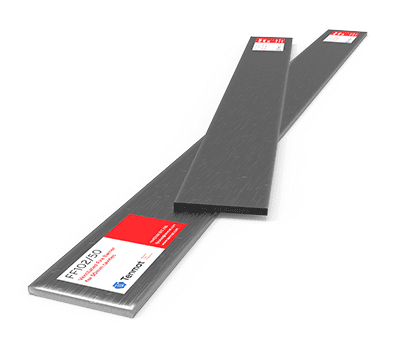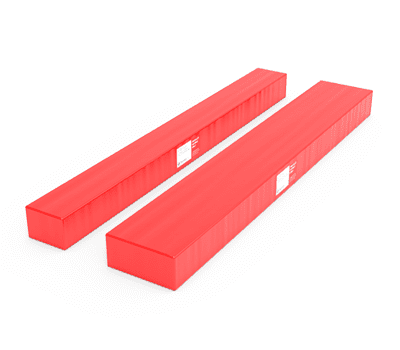Resources

Contents
Tenmat offers Ventilated Fire Barriers suitable for a wide range of cavity sizes and constructions.
Cavity Fire Barriers for Facades
Tenmat has developed and fire-tested a range of fire-stopping cavity barriers for facades to allow architects to specify high-level products, which meet the regulations necessary for building safe environments.
Passive fire protection is essential in high-rise developments, such as apartment blocks, where there are multiple dwellings. In this type of property, the risk of fire spread is increased, therefore passive fire protection should be thoughtfully considered during the planning phase.
Cavity Fire Barriers for Facades
Our products can be specified through NBS, and are being continuously tested, which ensures that the range is the best on the market, as well as having the trust incorporated by being tested by third-party fire test laboratories.
Our technical support is in the form of qualified fire engineers who are available to support on a project-to-project basis, as well as having a regional technical sales team. This gives you the confidence that building regulations are fully understood and adhered to.
All our products are tested to the relevant industry standards, such as TGD19 for open-state cavity barriers and EN 13501-2:2016 for closed-state cavity barriers. These products enable you to meet the requirements of Approved Document B. Tenmat Cavity Barriers are readily available through all distribution routes.

CavGuard MSC
Designed to react in a fire situation to seal within and in front of masonry support brackets

FF102/50
Tenmat’s FF102/50, Ventilated Cavity Fire Barriers, are manufactured from a low smoke zero halogen high expansion intumescent material.

NVFB
Non-Ventilated Fire Barriers provide 2 hours fire protection for vertical external wall cavities




Contents
Tenmat offers Ventilated Fire Barriers suitable for a wide range of cavity sizes and constructions.
Complete the form below and we will be in touch.